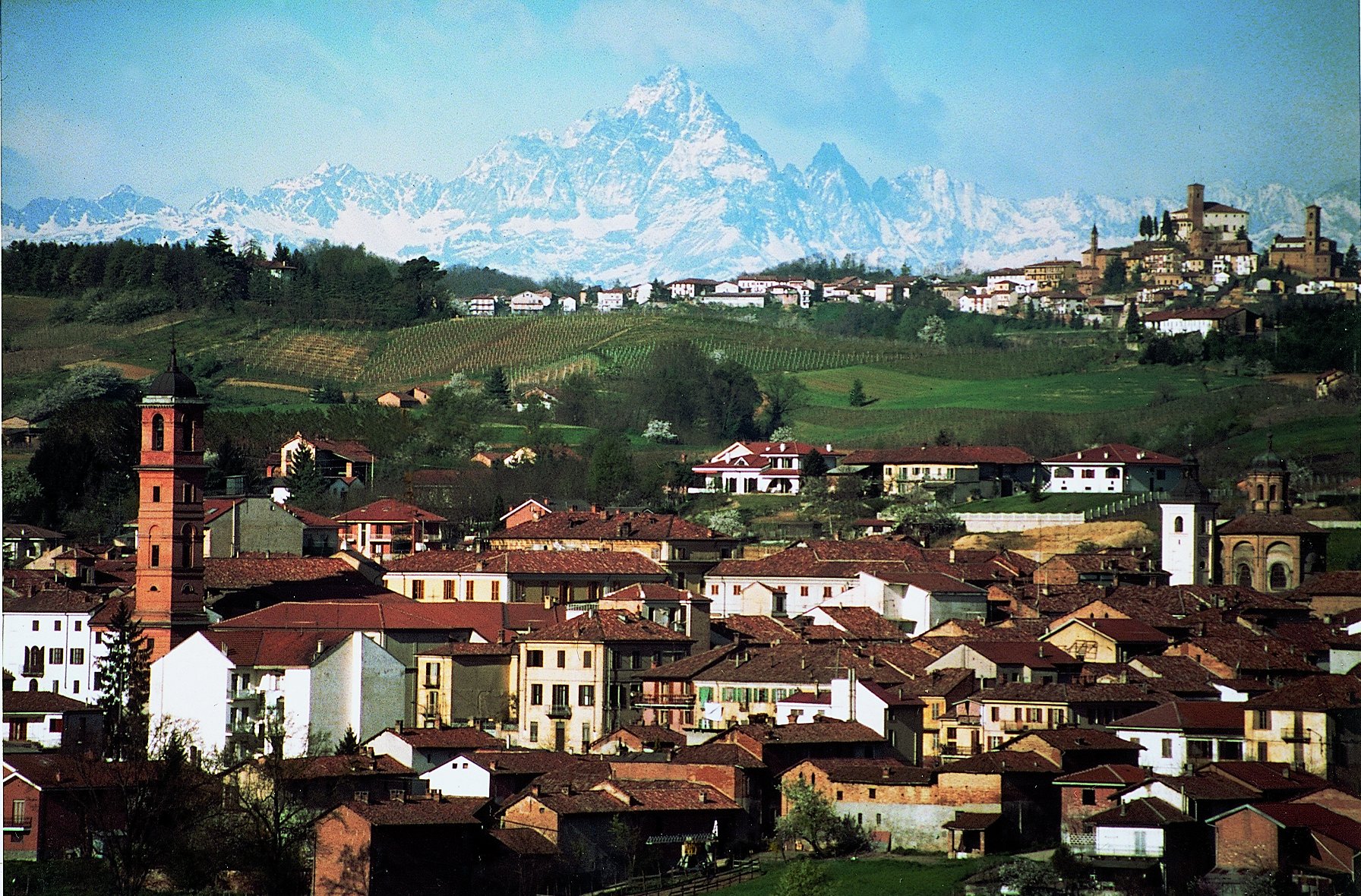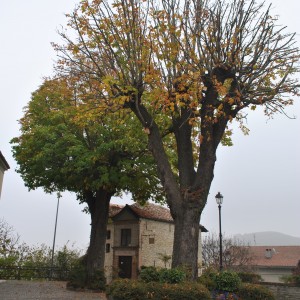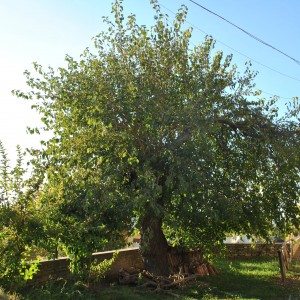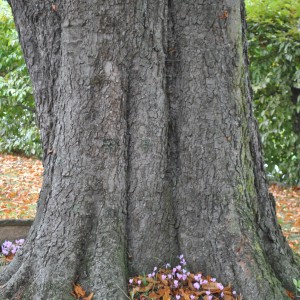The Alfieri hills
Among the famous personalities born in the Langhe and Monferrato, the Alfieri are particularly worth mentioning, since over the centuries their name has been tied to the history of Piedmont. The route of Alfieri hills starts from Asti, where the poet Vittorio Alfieri was born. The national Study Centre dedicated to the poet was founded in 1901 and it is located in a historic building (at present under restoration), and its courtyard was the first setting for the tragedies written by the poet.
Leaving Asti, you will reach “Alfieri hills”: a hilly region extending over the Langhe, Roero and Monferrato area eastwards from Asti to the Tanaro river westwards to the province of Cuneo. The hills show different aspects and landscapes of this region. Rocks, vineyards, woods and meadows are the background of an incredible cultural heritage made up of villages, castles and Romanesque churches, a wonderful environment enhanced by excellent food and wines.
The core of this small but diversified area is San Damiano d’Asti: its historic centre recalls the typical shape of the Roman camps because the town was born to defend Asti against Alba’s attacks . Its aristocratic buildings show different architectonic styles such as Conti Ceco’s Baroque palace or Garolas’ residence, built in Art-Nouveau style. Many prestigious events take place in this town which is rich in history and culture, such as the “Fiera dei Santi” (Saints’ fair), the “Fiera del Tartufo” (Truffle fair) and the Maundy Thursday Celebrations with the “caritun”, unleavened bread reminding us of the Flight into Egypt, prepared using old wooden moulds dating back to the 18th Century.
On the way to Canale there is Cisterna d’Asti, an ancient village set among woods and vineyards. In the 17th century its medieval castle was provided with imposing enclosing walls. Nowadays, it houses an ethnographic museum (Museo di Arti e Mestieri di un Tempo) with more than 6,000 tools from old workshops and ancient trades.
Going towards Alba, you will reach Magliano Alfieri and its famous castle. Together with the church of the Battuti Rossi and the church of Sant’Andrea, both dating back to the 18th Century, they form a unique architectonic complex. Some rooms of the castle house the “Museo Comunale dei Soffitti di Gesso delle Case Contadine”, a museum dedicated to the particular building technique of the typical farmhouses in the areas of Roero, Monferrato and Lower Langa, which used decorated plaster ceilings.
Going back towards Asti, you will find Govone: its castle has belonged to the UNESCO heritage since 1997. It dates back to the Early Middle Ages, but the current building was designed by Guarino Guarini according to the Solaro Counts’ will, who wanted to turn it into an aristocratic residence. The Savoy Family bought it and used it as hunting lodge; but in the early 19th Century King Carlo Felice and his wife Maria Cristina of Borbone commissioned a widening of the park and an invrease of furniture, making the castle look even more magnificent.
The noble names of he Alfieri and the Solaro are found again in the history of another ancient feud, San Martino Alfieri. The castle, which was gradually turned into a wonderful aristocratic residence in Baroque style with halls, arcades, stuccoes is absolutely worth visiting. The castle houses the winery of Marchesi Alfieri; their Barbera comes from one of the best local hilltops and it is made with best quality grapes from vineyards that are over sixty years old.







